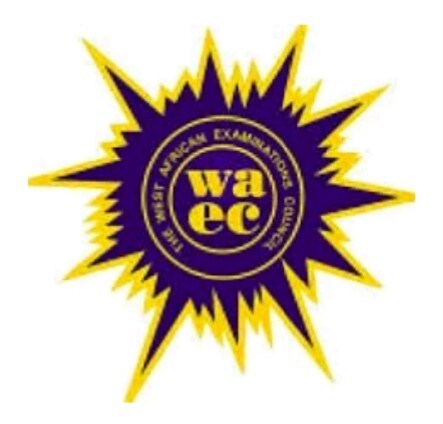Preparing for your WAEC Auto Electrical Work examination requires a thorough understanding of the syllabus.
This comprehensive guide will provide you with the aims and objectives, key concepts, and examination format for Auto Electrical Work.
By following this syllabus, you will be well-equipped to succeed in your exam. Let’s dive into the details!
Objective:
The main objective of the Auto Electrical Work syllabus is to assess your knowledge, skills, and attitude in the field of Auto Electrical Works.
The syllabus aims to evaluate your ability to understand auto electrical concepts, use tools and equipment for maintenance and repair on motor vehicles, and adhere to safety practices in the work environment.
Examination Scheme:
The Auto Electrical Work examination consists of three papers:
Paper 1, Paper 2, and Paper 3. You are required to take all three papers, and Papers 1 and 2 are to be taken in a single sitting.
Paper 1: This paper consists of forty multiple-choice objective questions, to be completed in 45 minutes, carrying 40 marks.
Paper 2: You will be presented with six short-structured questions and must choose any four to answer within 1 hour, carrying 60 marks.
Paper 3: This is a practical test lasting 2 hours. It includes three skill-based questions, of which you must answer two, carrying 90 marks. The necessary materials for the practical test will be provided to schools at least two weeks prior to the exam.
Alternative to Practical:
In the event that materials for the practical test cannot be obtained, there is an alternative theoretical test.
This test will consist of two compulsory essay questions, to be completed in 2 hours and carrying 100 marks.
Industrial Attachment:
Candidates are required to undergo an industrial attachment during the long vacation between their SS II and SS III courses.
This attachment will be supervised and assessed by subject teachers and will contribute 10 marks to the overall assessment.
WAEC Auto Electrical Work Syllabus:
The syllabus covers six main themes: battery, starting system, ignition system, charging system, lighting system, and auxiliary system. Here are the key topics within each theme:
-
Battery:
- Concept of a battery
- Uses of a battery
- Types, constructional details, and ratings
- Charging, testing, and maintenance
-
Starting System:
- Purpose and components of the starting system
- Circuit diagram
- Types of starter motors
- Repair of starter motors
-
Ignition System:
- Purpose and components of the ignition system
- Circuit diagram
- Construction and operation of the ignition coil
- Types of Ignition System
- Timing
- Faults and repairs
-
Charging System:
- Purpose and components of the charging system
- Alternator
- Circuit diagram
- Faults and repairs
-
Lighting System:
- Purpose and classification of lighting in a motor vehicle
- Headlamps
- Circuit diagram
- Maintenance and repairs
-
Auxiliary System:
- Concept and components of the auxiliary system
- Constructional details and operation of auxiliary system components
- Maintenance and repairs of auxiliary components
Materials/Equipment:
To successfully carry out Auto Electrical Work, you will need the following facilities and major equipment/materials:
- Motor batteries
- Battery head moulder set
- A complete toolbox
- Polythene hand gloves sets
- Ammeter, voltmeter, multimeter
- High rate discharge tester
- Spanners, hand drilling machine
- Vice
- Bench/Table
- Wire brush, bearing extractor, pulley extractor
- Feeler gauge, soldering iron and lead
- Emery cloth, wooden file, aprons
- Jumper cable, magnetic pick-up
- Goggles, plastic trays
- Hydrometer
- Tester (Screwdriver type)
- Battery charger, testing lamp, cable stripper, insulation tape
Conclusion
By following the WAEC Auto Electrical Work syllabus, you will have a clear roadmap for your exam preparation.
Remember to prioritize understanding the concepts, practicing with the necessary tools and equipment, and observing safety practices. Best of luck with your studies and the upcoming examination!






